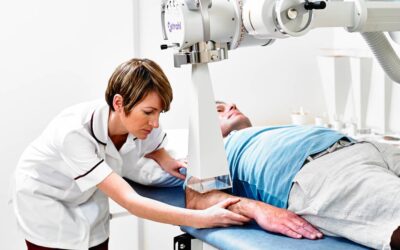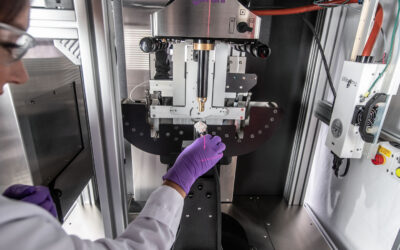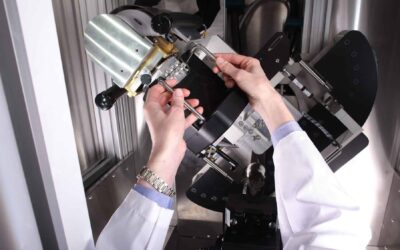PURPOSE:
Radiotherapy remains a major treatment method for malignant tumors. Magnetic resonance imaging (MRI) is the standard modality for assessing glioma treatment response in the clinic. Compared to MRI, ultrasound imaging is low-cost and portable and can be used during intraoperative procedures. The purpose of this study was to quantitatively compare contrast-enhanced ultrasound (CEUS) imaging and MRI of irradiated gliomas in rats and to determine which quantitative ultrasound imaging parameters can be used for the assessment of early response to radiation in glioma.
METHODS:
Thirteen nude rats with U87 glioma were used. A small thinned skull window preparation was performed to facilitate ultrasound imaging and mimic intraoperative procedures. Both CEUS and MRI with structural, functional, and molecular imaging parameters were performed at preradiation and at 1 day and 4 days postradiation. Statistical analysis was performed to determine the correlations between MRI and CEUS parameters and the changes between pre- and postradiation imaging.
RESULTS:
Area under the curve (AUC) in CEUS showed significant difference between preradiation and 4 days postradiation, along with four MRI parameters, T2, apparent diffusion coefficient, cerebral blood flow, and amide proton transfer-weighted (APTw) (all p < 0.05). The APTw signal was correlated with three CEUS parameters, rise time (r = - 0.527, p < 0.05), time to peak (r = - 0.501, p < 0.05), and perfusion index (r = 458, p < 0.05). Cerebral blood flow was correlated with rise time (r = - 0.589, p < 0.01) and time to peak (r = - 0.543, p < 0.05).
CONCLUSIONS:
MRI can be used for the assessment of radiotherapy treatment response and CEUS with AUC as a new technique and can also be one of the assessment methods for early response to radiation in glioma.
Yang C, Lee DH, Mangraviti A, Su L, Zhang K, Zhang Y, Zhang B, Li W, Tyler B, Wong J, Wang KK, Velarde E, Zhou J, Ding K.






